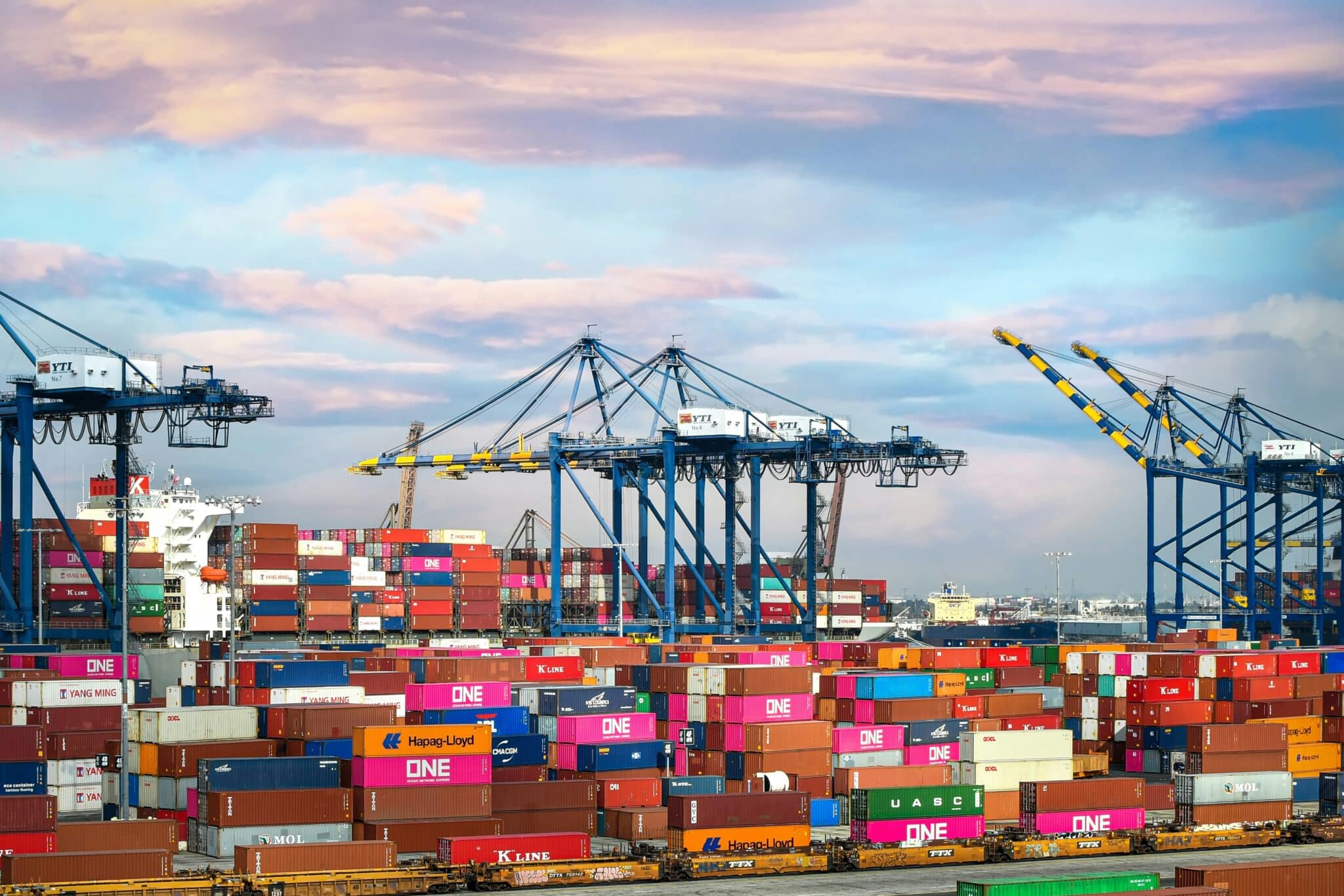Understanding Safety Stock
Safety stock is an additional quantity of inventory maintained to mitigate the risk of stockouts caused by uncertainties in demand and supply. It acts as a buffer, ensuring that customer demand is met even when unforeseen fluctuations occur.
To better understand safety stock, let’s go through one of the most common safety stock questions we receive and how safety stock is calculated within the AGR system.
Why is the safety stock on this product so high?
Safety stock is maintained to meet volatile demand during lead time (the time between placing an order and placing the units in stock). In other words, safety stock in AGR is added onto order proposals to make up for uncertainty in the statistical forecast.
While we listed above all the different variables that can have an affect on this calculation, there are three main factors to consider when looking at safety stock:
1. Sale history: Statistical forecasts in AGR are based solely on each SKU’s sales history. The more robust sales history it has, the better the forecast will be. AGR’s forecasting module will pick up seasonal trends or other patterns if it has enough data points. If the sale history is very volatile or short, AGR’s forecasting module will not be able to produce a reliable forecast.
2. Confidence factor: Every item in AGR’s systems has got a confidence factor which plays a big role in determining the safety stock. By applying a high confidence factor to an item, it is less likely that it will run out of stock.
3. Order period: Remember that the safety stock is calculated relative to the order period. The item chart can be in days, weeks and months but the safety stock number will always be displayed as a horizontal line regardless of the time scale.
Example: Long lead time created a seemingly high safety stock.
Consider the following item that has a long and robust sales history, high confidence factor (95%) and order period of 8 days (Lead Time Days = 1 and Order Frequency = 7). Forecasted quantities are generally around 2,000 units per month and safety stock for the order period is 81 units.
*Safety Stock is seen as the blue dashed line.
How does it look if the lead time was 6 months (lead time days = 180) but nothing else changed?
Safety stock goes up to be 1,025 units for the order period.
Example: Volatile sales history, high confidence factor, and long lead time
Common question: Looking at the below item card, the safety stock looks to be wrong. Monthly sales have never exceeded 1100 unites per month, yet the safety stock is 1500. That looks like it’s trying to maintain nearly 6 weeks of DC stock, which we don’t want to do. What’s the deal?
A couple of points here:
- This item is classified as an A product, so confidence factor is high (90%)
- Lead time is 130 days and order frequency is 30 days, so order period is 160 days (5.3 months)
Recalling that safety stock is a function of three main factors: uncertainty in the forecast, the number of says to cover (order period), and the confidence factor of the product. This item has checked all the boxes to have a high safety stock:
- High confidence factor (90%)
- Very long order period (160 days)
- Very little sales history with a quick growth in the beginning and then decreasing just as quickly. This leads to high uncertainty in the forecast, which drives the safety stock higher.
Is the safety stock high, or is it justifiable? Remember that the safety stock on the graph is calculated per order period. Rough calculations below can show us what the safety stock per day is and thus what the safety stock per month is.
Safety stock for order period = c.a. 1500 units.
Order period = 160 days.
Safety stock per day = 1500 / 160 = c.a. 9.4 units per day
Safety stock per month = 9.4 * 30 = 280 units a month.
The sales in July were around 1.100 unit and August were around 800 – what’s the sales in November (the next month) going to be? It wouldn’t be farfetched if it would sell 1.100 units again. By setting the confidence factor at 90, you are saying that you want to be more prepared for that to happen. Reflecting on the question: “That looks like it’s trying to maintain nearly 1.5 months DC stock which we don’t want to do”, it is not correct. It means that that the forecast might be wrong by up to 1.5 months of stock when ordering for roughly 5 months.
In other words, AGR is forecasting roughly 800 units a month but adds 280 units on top to make up for the uncertainty in the forecast, easily explaining the high safety stock and why the AGR system has calculated is accordingly.
The AGR software uses five different forecasting models to best-fit your items, designed to catch all possible trends within your items. The safety stock calculation within our system will help you to avoid a stock out on items that are important to your business operations and help bring your supply chain to the next level. Fill out the form below if you want a demo of our award winning system and see how we can help your operations.




